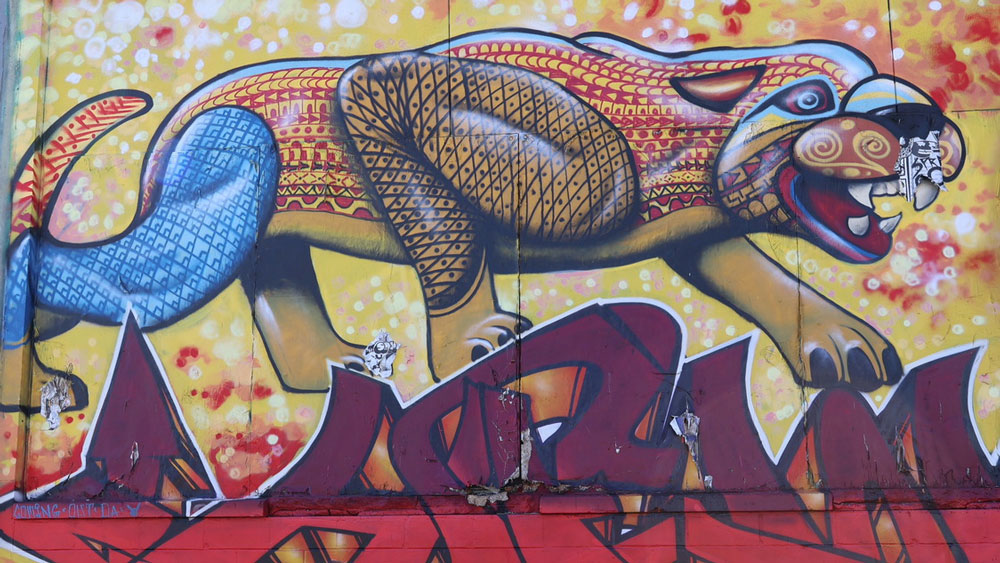Latino art in Texas communities continues to expand, and its presence in major museums is no longer an afterthought. Over the past year, several of the major museums in San Antonio, El Paso, Austin, and Houston have added Latino staff, including curators Mia Lopez at the San Antonio McNay, Claudia Zapata at UT Austin Blanton, and Edward Hayes, Museum Director in El Paso.
Art museums from across the nation are increasingly interested in the works of Latino artists as demonstrated by the recently opened traveling exhibit “Estampas de la Raza: Contemporary Prints from the Romo Collection” at the Oglethorpe University Museum of Art in Atlanta, Georgia. The Estampas exhibit was organized by the McNay Art Museum in San Antonio.
Texas is changing and transformation is evident in the recent U.S. Census data that confirmed Hispanics have reached a major demographic milestone as they became the largest ethnic group in the state with 40.2 percent of the population. The question for art aficionados like myself is whether the new population dynamics will positively influence heightened Latino art visibility.
Texas cities are different in many aspects, but today more than ever, Latino art is on the minds of many Texas residents, both Latinos and non-Latinos. In Austin, the Mexi-Arte Museum and the Blanton Museum of Art at the University of Texas are two must-see museums for Latino and Latin American art.
Mexi-Arte opened its doors in 1984 as a place to “share the art and culture of Mexico with Texas.” Under the direction of its highly accomplished co-founder and CEO Sylvia Orozco, the museum has expanded its artistic mission to offer exhibitions of contemporary Mexican, Latino, and Latin American art and culture. My wife Harriett and I were proud to have been one of the 75,000 Mexi-Arte visitors this year.
The Blanton Museum of Art on The University of Texas at Austin campus is one of the premier university museums in the United States. The museum’s mission is to educate the public about art by emphasizing that “art matters in people’s lives, and that skills associated with close looking and interpretation contribute to creativity, critical analysis, and community.” We have visited the Blanton several times this year and were especially pleased to see the recent Cara a Cara / Face to Face exhibit featuring a selection of Chicano artists who have chosen portraiture as a form of personal, cultural, or political affirmation. The exhibit is a part of the Gilberto
Cardenas and Dolores Garcia collection. Among my favorite pieces is Carmen Lomas Garza’s “Ofrenda para Antonio Lomas.”
The Blanton noted that “Ofrenda para Antonio Lomas” is a “departure from Garza’s works on canvas or paper, transferring to metal the flatness of papel picado, the traditional Mexican cut paper banners used as Day of the Dead decorations.” Her metal work is part of a traditional Día de los Muertos altar honoring her grandfather’s memory. The Blanton curators wrote that in Lomas Garza’s large work the artist “symbolically transplants Antonio Lomas from working in his garden into the gallery, elevating her protagonist and the task he performs to heroic proportions. Garza’s portrayal compels viewers to rethink preconceptions about others’ lives, providing both a face and an identity for so many gardeners who remain anonymous.”
The Chicano
Latino Art Sightings in Major Texas Cities












